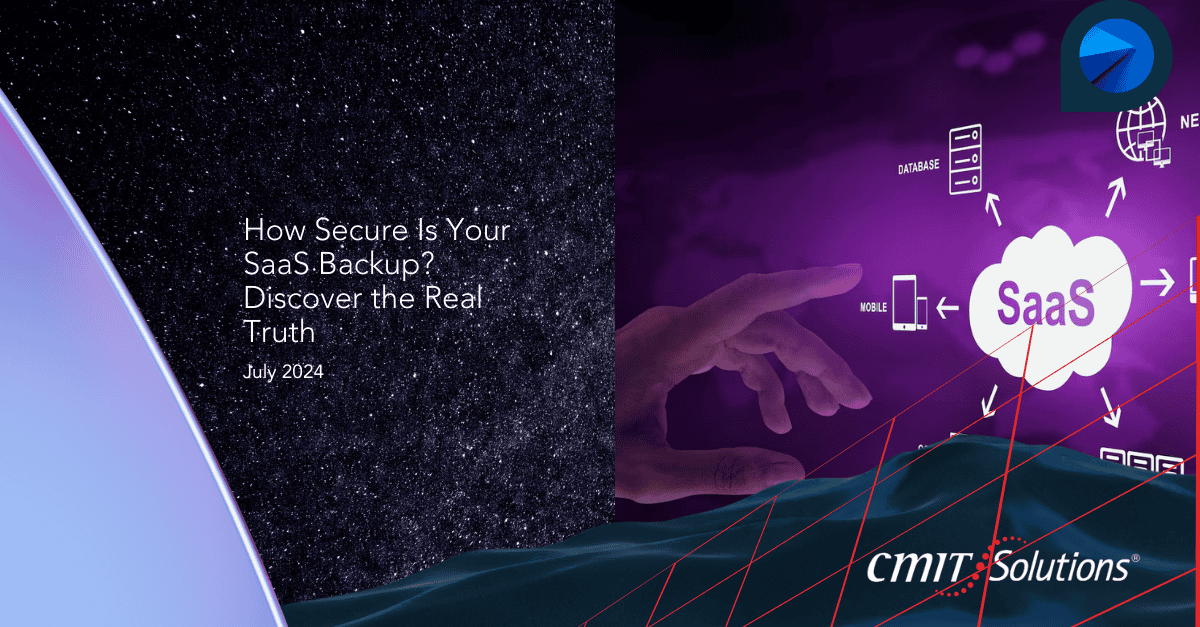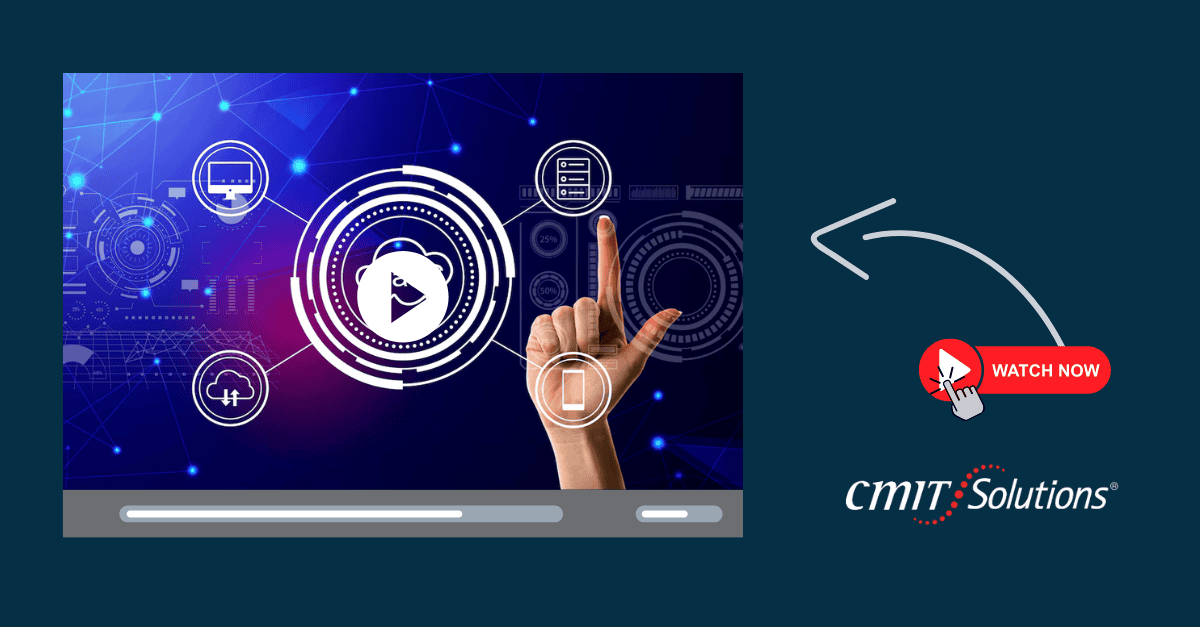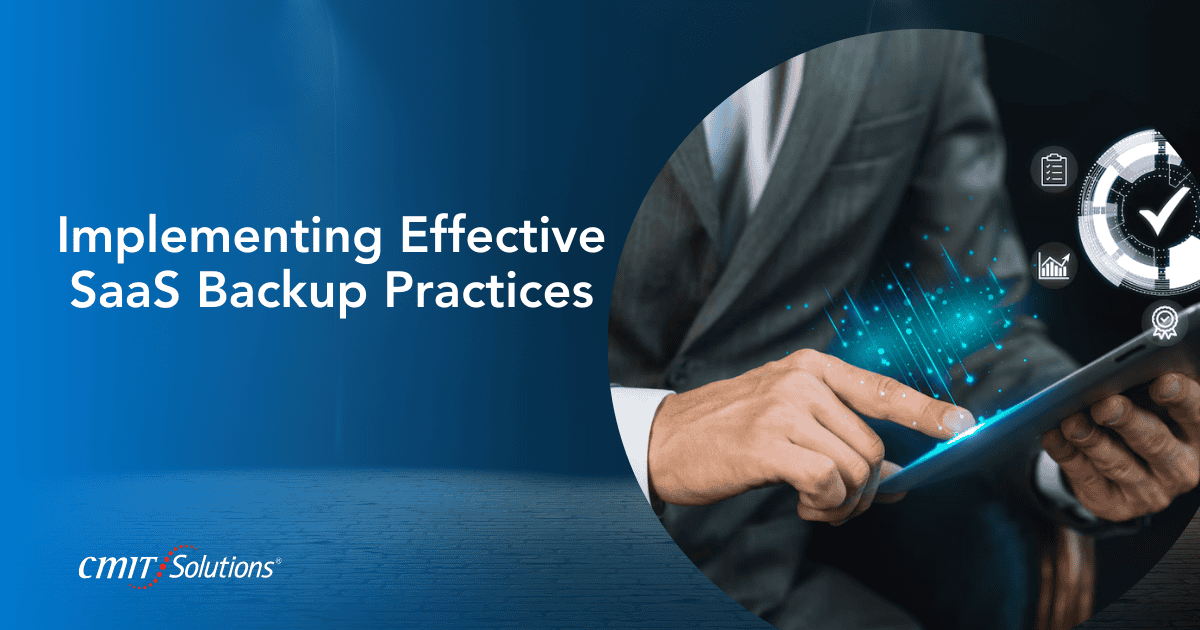With businesses increasingly relying on cloud services for their daily operations, ensuring a robust backup solution for SaaS applications is more critical than ever. The ability to recover from data loss—whether due to human error or malicious actions like ransomware attacks—is crucial. Such preparedness not only keeps your business running smoothly but also protects the integrity of your data and ensures compliance with necessary regulations.
In this blog, we’ll delve into the essential tools and solutions to help you build a strong defense against ransomware attacks and manage SaaS backups effectively. Given the growing threats to digital assets, it’s vital to continually reassess and fortify your SaaS backup and recovery plans to ensure they provide the resilience you need.
Understanding SaaS Backup Challenges
The Myth of SaaS Data Safety
Many companies mistakenly believe that SaaS providers handle all aspects of data security, leading them to neglect their own role in protecting their data. While SaaS solutions are convenient, the shared responsibility model makes it clear that data protection isn’t solely the provider’s job. Misconceptions, like assuming providers manage all backup and recovery operations, can leave your data vulnerable to losses from accidental deletions and misconfigurations. To learn more about the importance of data protection, visit our Managed IT Services page.
Human Error vs. Malicious Attacks
Human error is a significant threat to data security, often more frequent and impactful than malicious attacks. Simple mistakes, such as falling for phishing scams or incorrectly setting up security features, can lead to serious data breaches. These errors are even more problematic given the complexity and number of SaaS applications employees use today. To mitigate these risks, organizations need to focus on thorough training and solid security measures. For more insights on protecting your data, check out our Cybersecurity page.
Evaluating Your Current SaaS Backup Strategy
Importance of Regular Audits
Conducting regular audits is an essential step in maintaining the effectiveness of your SaaS backup strategy. These audits help uncover weaknesses in how employees handle data or in the software itself. By identifying these vulnerabilities early on, organizations can address them before they lead to data loss. This proactive approach is especially important because data in active use is often at a higher risk of breaches. Regular audits also help ensure compliance with regulatory requirements, preserving data integrity and privacy. To get started with an audit, visit our Contact Us page.
Role of the Shared Responsibility Model
Understanding the Shared Responsibility Model is crucial when assessing SaaS backup strategies. This model clearly outlines the security duties of both the cloud service provider (CSP) and the customer. While CSPs handle the security of the cloud infrastructure, customers are responsible for protecting their own data within the cloud. This includes tasks like managing access controls, encrypting data, and ensuring secure user interactions. Recognizing your role in safeguarding your data can prevent losses from user errors or malicious attacks. For detailed guidance, explore our Why CMIT page.
Implementing Effective SaaS Backup Practices
Automated and Offsite Backups
- Cloud-Based Flexibility: SaaS backup solutions leverage cloud storage, offering scalability and flexibility. This eliminates the need for on-premise hardware, catering especially to businesses with remote teams or those lacking extensive IT infrastructure. Learn more about our cloud solutions on our IT Support page.
- Automation: These solutions automate the backup process, significantly reducing the manual effort involved and minimizing the risk of human error. This ensures that backups are consistently performed without needing regular user intervention. For more information, visit our Contact Us page.
- Disaster Resilience: Storing backups offsite in the cloud means that local disasters like floods or fires won’t compromise your data integrity, as the data resides safely in multiple geographically dispersed locations. Discover our disaster recovery solutions on our Managed IT Services page.
Ensuring Backup Data Integrity
- Regular Testing and Monitoring: Implement automated tools to regularly test and monitor backup integrity. This involves simulating restoration processes to ensure data can be effectively recovered and is not corrupted. For more on our monitoring services, check our Remote Office Setup page.
- Data Verification Techniques: Utilize checksum and hashing to verify the accuracy of backup data. These methods help in detecting any alterations or corruption in the data, ensuring that the backups are reliable and can be trusted for restoration. Visit our Why CMIT page for more details.
- Redundancy Measures: Maintain at least two backup copies in separate locations to safeguard against data loss. This redundancy ensures that if one backup fails, there is another intact version available for recovery. Learn more on our Contact Us page.
Tools and Solutions for SaaS Backup Security
Key Features to Look For
When selecting a SaaS backup solution, businesses should consider several crucial features to ensure robust data protection:
- Integration with SaaS Products: The backup software must seamlessly integrate with various SaaS applications like Office 365 or G Suite without disrupting existing operations. Learn more about our integrations on our IT Support page.
- Data Storage Options: Solutions should offer flexibility in data storage, whether through cloud services or on-premises systems, to suit different organizational needs. Discover our storage solutions on our Contact Us page.
- Data Encryption and Security: Encryption techniques are essential to protect data from unauthorized access. Ensure the solution adheres to stringent security standards and compliance regulations. More information can be found on our Cybersecurity page.
- Data Restoration Capabilities: The ability to quickly restore data is crucial. Look for features that allow granular recovery and flexibility in restoration practices. Learn more on our Managed IT in Boston page.
- Insider Threat and Malware Protection: Effective solutions should include mechanisms to protect against insider threats and malware, such as ransomware, which can encrypt backup data. For more details, visit our Why CMIT page.
Dataprise Partners with VEEAM, a Best in Class SaaS Backup Solutions Provider
Veeam, a global leader in data protection and ransomware recovery, partners with Dataprise to offer comprehensive data protection solutions. This partnership provides essential security, replication, and failover capabilities through Disaster Recovery-as-a-Service (DRaaS), Backup-as-a-Service (BaaS), and Microsoft 365 Backup, ensuring businesses remain operational and their data secure. To learn more about our partnership with VEEAM, visit our Contact Us page.
Best Practices for Ongoing SaaS Backup Management
Regularly Testing Your Backup and Restore Process
- Conduct Frequent Testing: It is essential to test your SaaS backup and recovery solutions regularly to verify their functionality. This involves simulating real-world data loss scenarios to ensure that data can be restored quickly and accurately. Regular testing helps identify any gaps in your backup strategy and allows for timely adjustments. For more on testing practices, visit our IT Support page.
- Review and Update Recovery Plans: As your organization evolves, so should your backup and recovery plans. Regular reviews will ensure that changes in technology and business operations are reflected in your backup procedures, minimizing potential vulnerabilities. More details can be found on our Contact Us page.
Maintaining Backup Documentation and Policies
- Documentation of Backup Processes: Keep detailed records of backup and recovery procedures, including the types of data backed up, the frequency of backups, and the roles responsible for different tasks. This documentation is vital for maintaining operational consistency and can be crucial during recovery operations. Learn more about documentation best practices on our Why CMIT page.
- Update Policies Regularly: Backup policies should be living documents that are updated regularly to reflect new business needs and technological changes. This includes adjusting the backup frequency, methods, and retention policies to ensure compliance and data integrity. For assistance in updating your policies, visit our Contact Us page.
FAQs
- Why is it necessary to back up SaaS applications?
Backing up SaaS applications is crucial as it ensures the protection and recovery of essential business data stored in cloud-based services. The importance of SaaS backup varies among organizations depending on the critical nature of the data to their operations. Learn more on our Managed IT Services page. - Is Azure Backup considered a SaaS or a PaaS?
Azure Backup is designed as a Platform as a Service (PaaS) from its inception. It is built to fulfill the expectations of customers looking to transform their IT infrastructure through cloud services. For more information, visit our Contact Us page. - What are the essential features of a SaaS data protection solution for effective backup?
An effective SaaS data protection solution should offer secure and scalable data backup, quick and reliable data restoration, adherence to industry standards, and capabilities for verifying data integrity after restoration. Visit our Why CMIT page for more details. - How does SaaS support disaster recovery efforts?
SaaS can significantly aid disaster recovery by providing readily accessible backups. This helps manage risks and reduce disruptions during outages, as team members can access crucial information like contact lists, calendar entries, inventory levels, and financial records to maintain basic operations. For detailed guidance, check our IT Support page.
Conclusion
As we wrap up, it’s important to emphasize the need for regular audits, thorough staff training, and the use of advanced tools to boost SaaS backup security. Combining these strategies helps protect against the various threats modern organizations face. For those looking to improve their SaaS backup and recovery, consulting experts like CMIT Boston, Newton, Waltham can be a valuable step. Our specialized support can help organizations navigate digital threats and secure their critical data more effectively, promoting operational resilience and peace of mind.
For more information on how we can assist you with your SaaS backup needs, visit our website or contact us directly through our Contact Us page. Stay secure, stay informed, and let CMIT Boston, Newton, Waltham be your trusted partner in cybersecurity.







